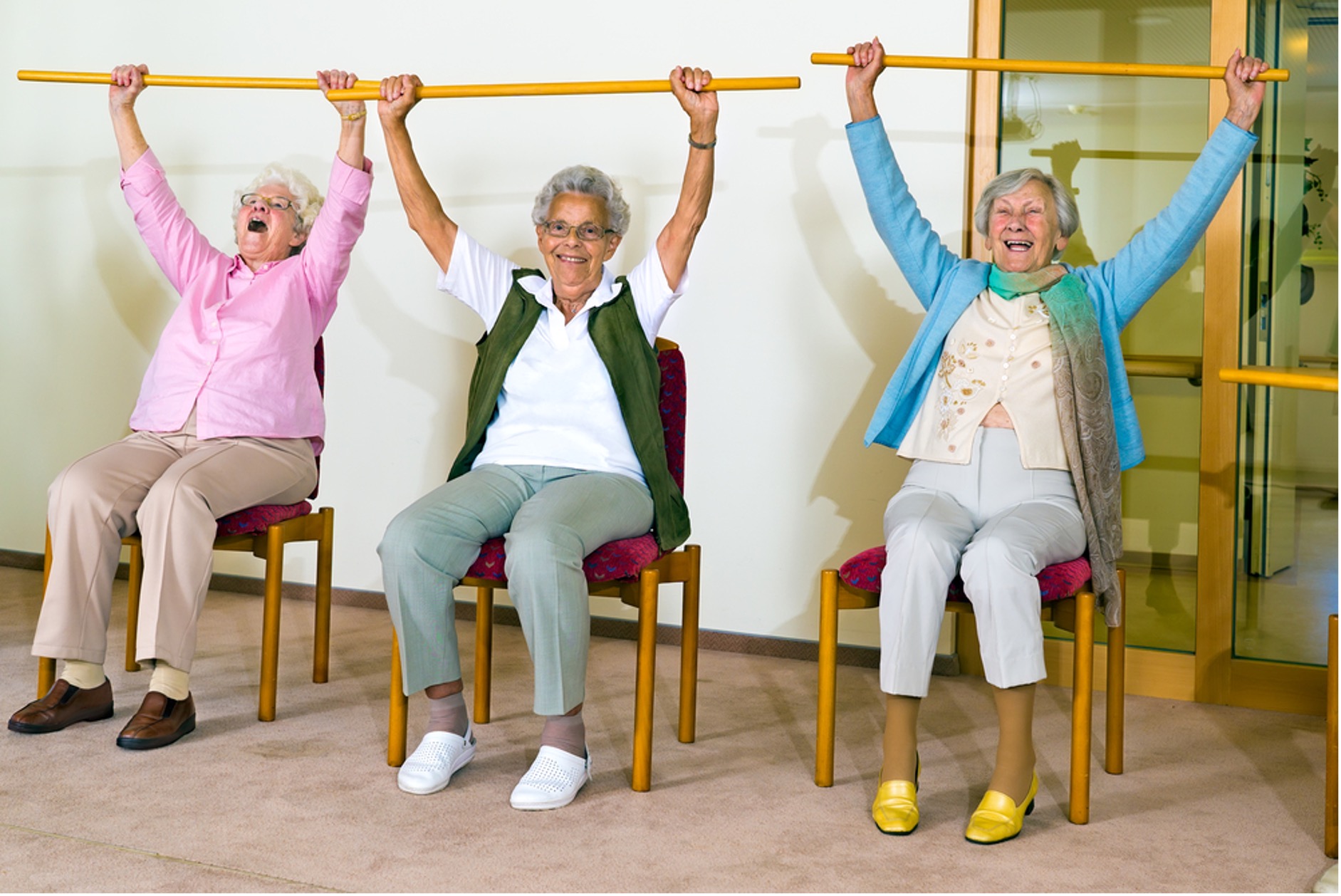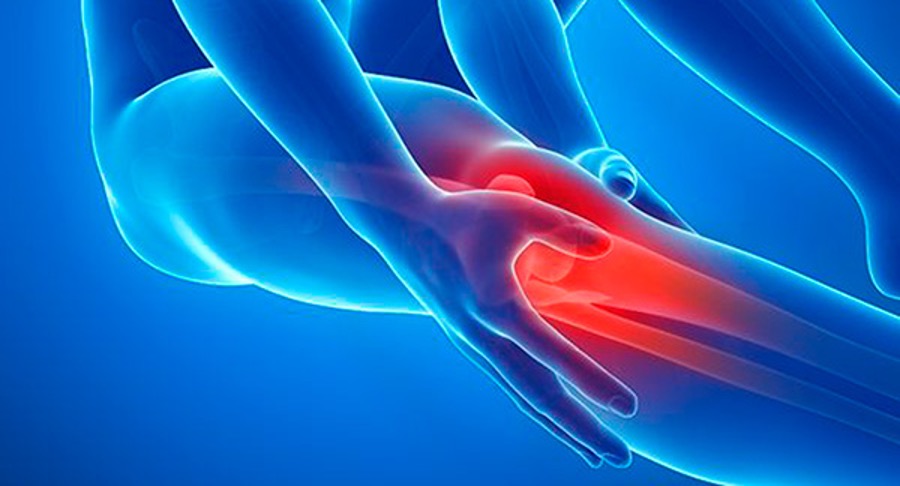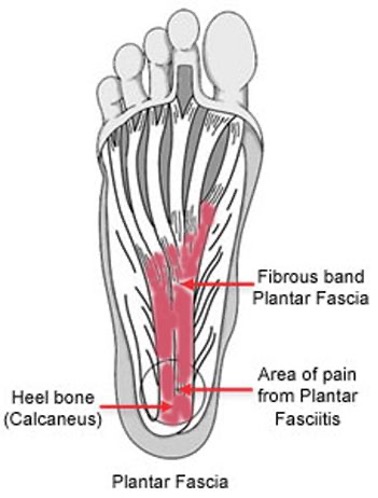What is lower back pain?
Pain affecting the lower portion of the spine caused by injury to muscles or ligaments from acute injury or chronic overuse.
Overview
Almost everyone experiences lower back pain at some point in their lives. It is mostly harmless. Tending to start suddenly and last a few days or weeks. The best thing you can do is to carry on going about your daily life and stay as physically active as possible.
The lower back pain doesn’t mean that there’s something wrong with your back. This is also true if the pain lasts a long time or keeps returning. But chronic pain can become a big problem at work or in your daily life.
Imaging techniques, medication, injections, and surgery rarely help in the treatment of non-specific back pain. And they are associated with various risks.
Causes
In most cases of people who have low back pain, no clear cause can be found. The medical term for this kind of pain is “non-specific” lower back pain. Factors that can influence or trigger this kind of pain include the following:
- Lack of movement and weak core muscles
- Tense muscles (sometimes due to inappropriate strain)
- Strain due to sitting in one position for a long time, or due to repetitive or strenuous physical activities
- Psychological stress such as stress at the workplace, financial or family-related worries, severe anxiety or self-doubt, illnesses such as depression
- Changes in the central nervous system that affect how you perceive pain
- Genetic predisposition (your genes)
Complications
Most lower back pain gradually improves with physiotherapy and self-care, usually within a few weeks. Contact your doctor if your lower back pain:
- Persists past a few weeks
- Is severe and doesn’t improve with rest
- Spreads down one or both legs, especially if the pain extends below the knee
- Causes weakness, numbness or tingling in one or both legs
- Is accompanied by unexplained weight loss
In rare cases, back pain can signal a serious medical problem. Seek immediate care if your back pain:
- Causes new bowel or bladder problems
- Is accompanied by a fever
- Follows a fall, blow to your back or other injury
Specific causes of lower back pain include a narrowing of the spinal canal, an acute slipped disk, a broken bone in the spine (for instance, caused by osteoporosis) or ankylosing spondylitis. If a cause is identified, other types of treatments are sometimes considered.
Prevention
You might avoid back pain or prevent its recurrence by improving your physical condition and learning and practicing proper body mechanics.
To keep your back healthy and strong:
- Exercise. Regular low-impact aerobic activities — those that don’t strain or jolt your back — can increase strength and endurance in your back and allow your muscles to function better. Walking and swimming are good examples.
- Build muscle strength and flexibility. Abdominal and back muscle exercises, which strengthen your core, will condition these muscles so that they work together like a natural corset for your back.
- Maintain a healthy weight. Being overweight strains back muscles. If you’re overweight, slimming down can prevent back pain.
- Quit smoking. Smoking increases your risk of lower back pain. The risk increases with the number of cigarettes smoked per day, so quitting will help reduce this risk.
Avoid movements that twist or strain your back. Use your body properly:
- Stand smart. Don’t hunch. Maintain a neutral pelvic position. If you must stand for long periods, place one foot on a step or footstool to take some of the load off your lower back. Alternate feet. Good posture can reduce the stress on back muscles.
- Sit smart. Choose a seat with good lower back support, armrests, and a swivel base. Placing a pillow or rolled towel in the small of your back can maintain its normal curve. Keep your knees and hips level. Get up frequently and change your position, at least every half-hour.
- Lift smart. Avoid heavy lifting, if possible, but if you must lift something heavy, let your legs bare the weight. Keep your back straight — don’t twist — and bend only at the knees. Hold it close to your body. Find a someone to lift with if the object is heavy or awkward.
Treatment
Can Physio help with Lower Back Pain?
The human back is basically a highly complex system of series of interlocking elements including the vertebrae, discs, facet joints, ligaments, and muscles. Owing to such a complex structure, an episode of back pain needs a strong physiotherapy-based rehabilitation program.
Here are the key aspects of the physiotherapist in management of lower back pain.
- Advice and early activity. There is significant evidence to prove that encouraging early movement in cases of lower back pain is one of the most significant aspects of treatment in this condition.
- Mobilisation or Manipulative physiotherapy. This aspect concentrates on promoting movement of the specific affected area.
- Specific stabilization exercises. Emphasis on improving the strength and stability of the muscles which have been weakened due to the lower back pain.
- General exercises and stretches. A series of properly structured exercises and stretches are carried out to target the patient’s individual condition and cause of the lower back pain.
- Ergonomic advice. Physiotherapists concentrate on providing accurate ergonomic advice, guiding the patient on using the appropriate infrastructure at work and home to avoid and cure lower back pain.
- Postural guidelines. This aspect of physiotherapy focuses on guiding the patient about the correct postural habits and ways to maintain accurate posture to avoid lower back pain.
The most effective way to prevent low back pain from returning is by regularly doing assigned exercises – for instance, a combination of exercises to strengthen and stabilize the core muscles. It’s important to do them regularly as directed by the physiotherapist.
If you’re experiencing lower back pain, come and see us! Give us a call on (08) 9203 7771 or email info@ngp.net.au and book an appointment and we’ll check them out, alleviate any concerns and give you the best possible treatment to keep the pain at bay.
Surprised that Physio can help with Lower Back Pain? Wondering what else we treat? Take a look at our Physiotherapy Treatments page – you may be surprised at the range of ailments that can be treated with Physio.




